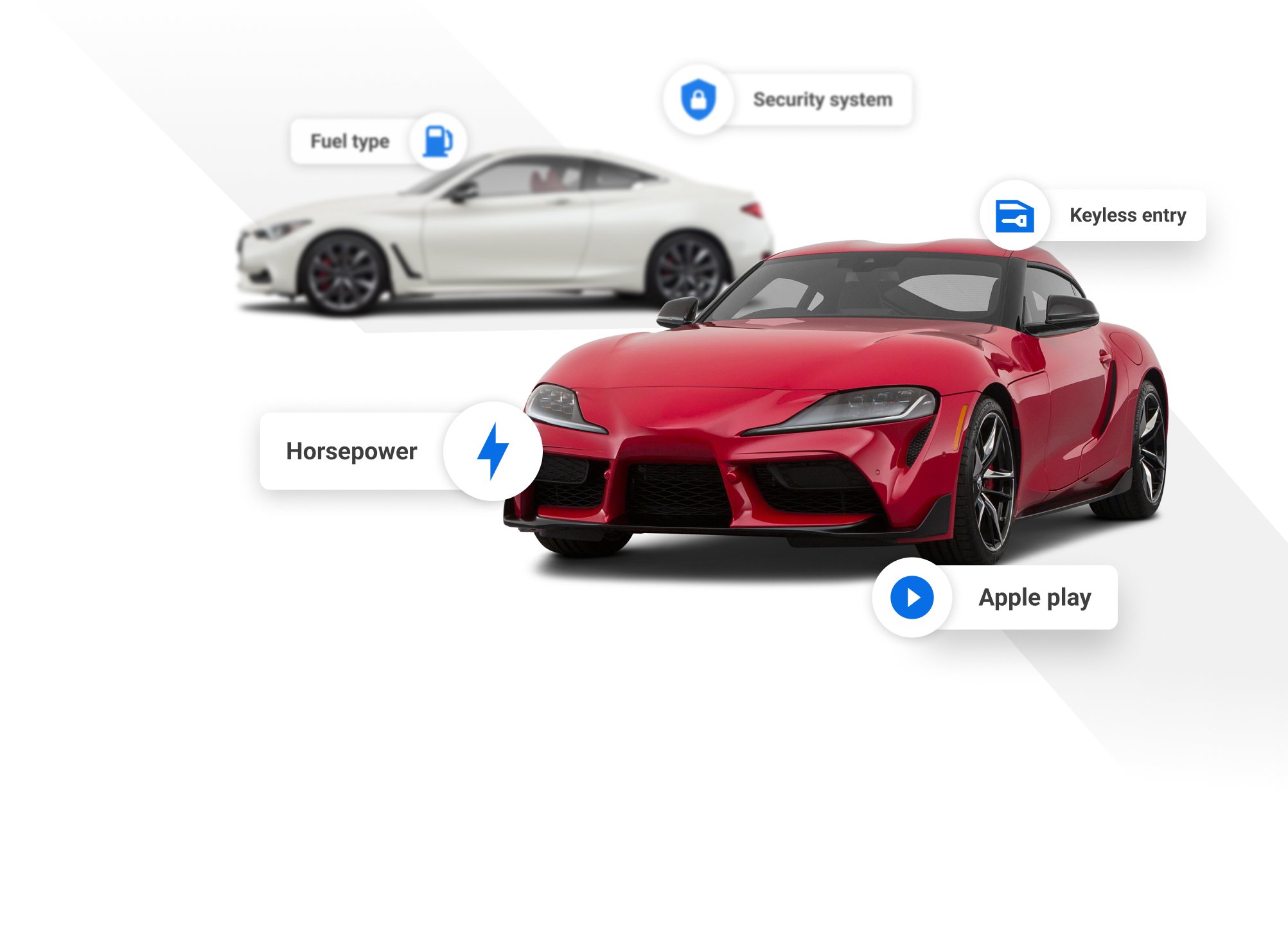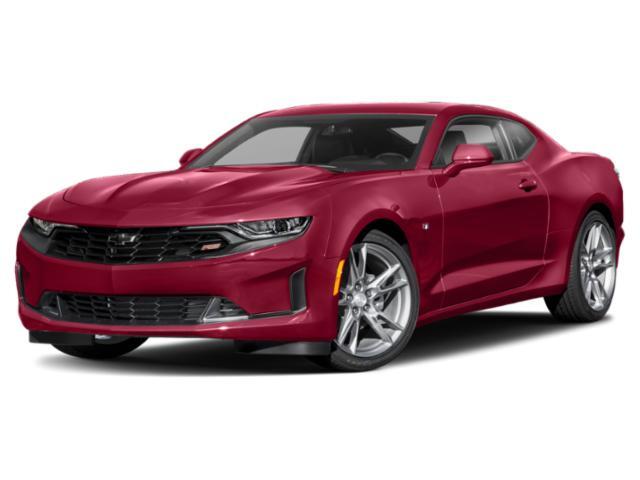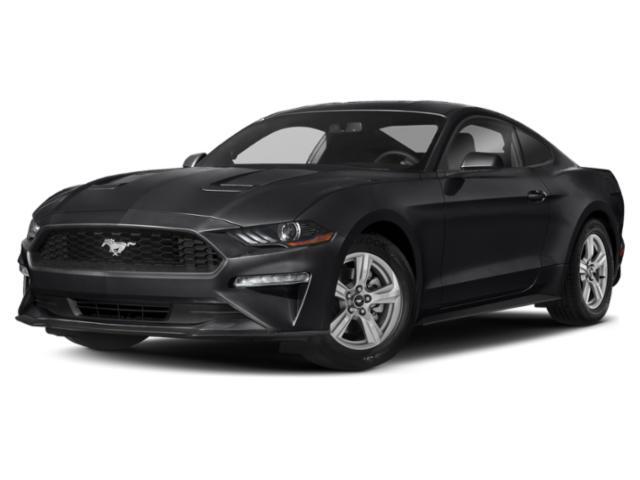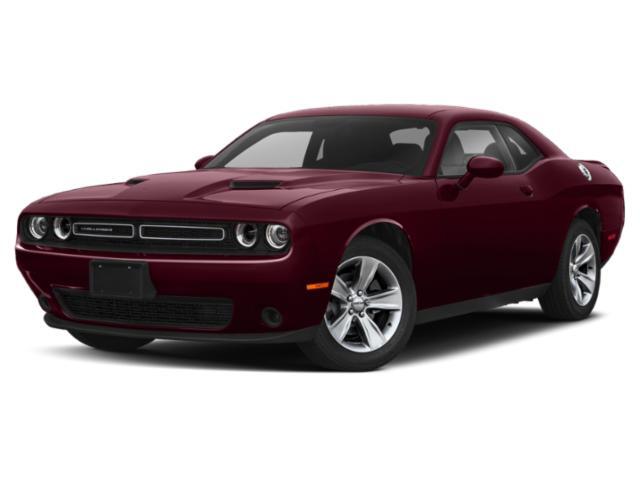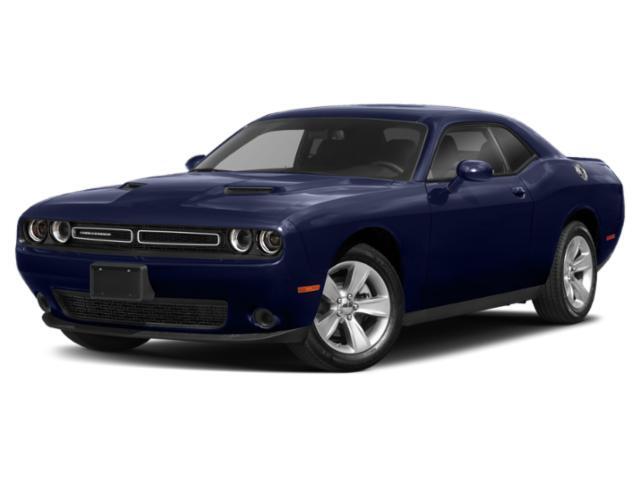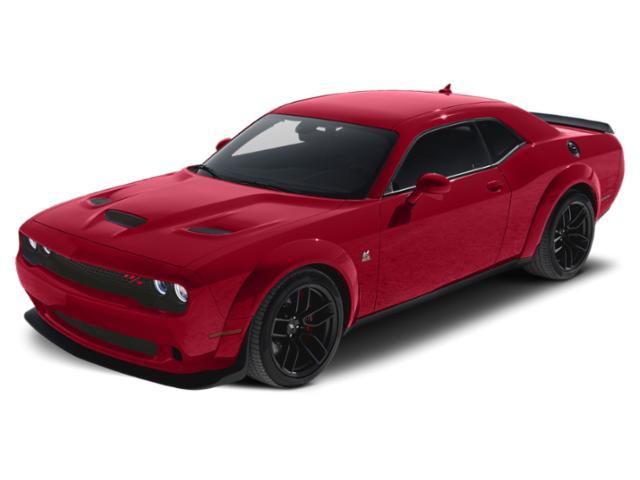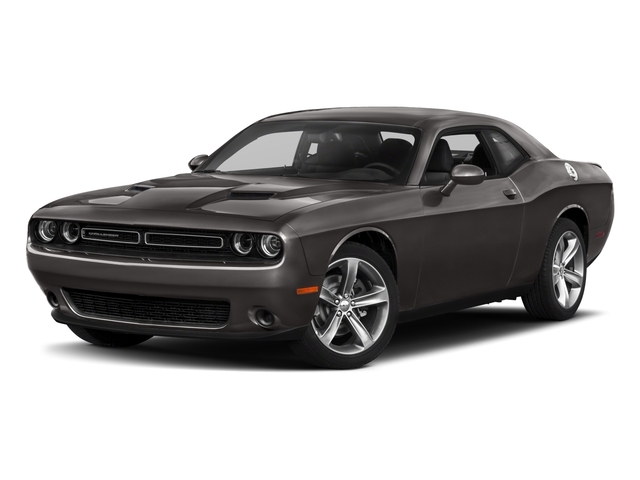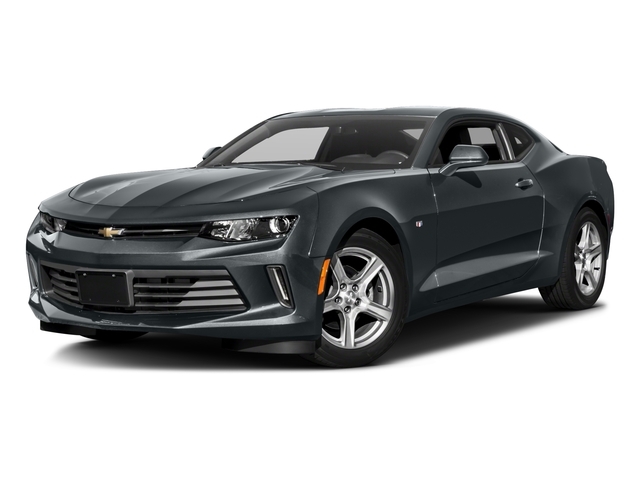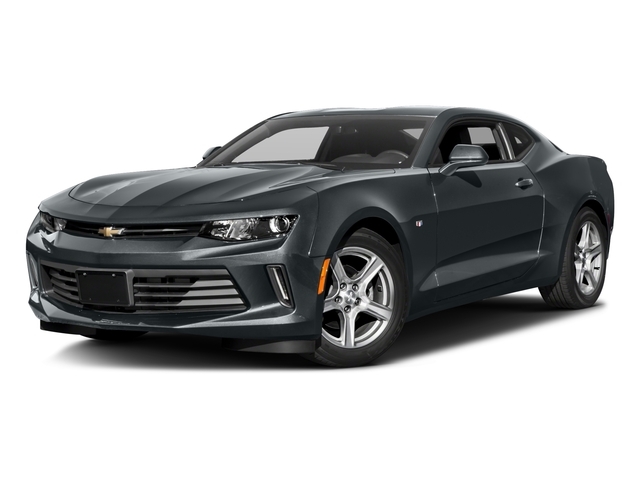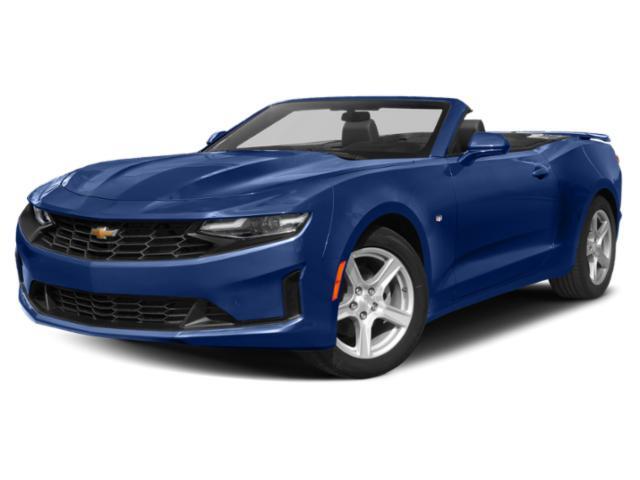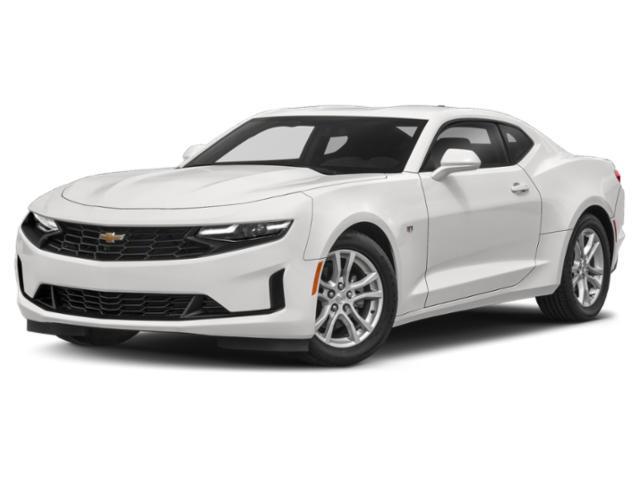
2021 Dodge Challenger

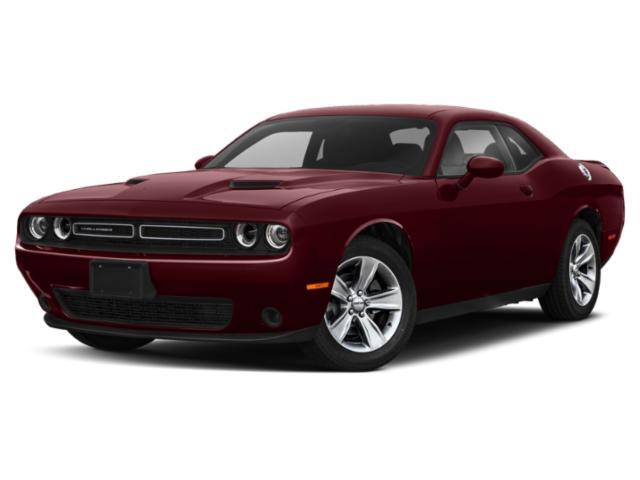
Key Specifications for 2021 Dodge Challenger






Buyer’s Guide
History/Overview
The Dodge Challenger might just be the last of the muscle cars. Instead of moving the bar toward handling and small size like its main competitors, the Challenger is large, comfy, and offers a tremendous amount of power should you want it. In its second generation since the return of the model in the mid-2000s, Dodge has done an impressive job of keeping it fresh with special editions and new features but it retains that late 1960s feel.
What’s New/Key Changes From Last Year
For 2021, there are minor trim changes like 20-inch wheels for GT AWD trim cars, new gauge cluster badges for SRT Hellcat, and Dodge has added memory for the driver seat, steering column, side mirrors, and radio presets on all trims.
Available Trims
The Challenger starts with SXT and GT trims, both with a 303 hp 3.6L V6 and rear or all-wheel drive, the R/T with a 375 hp 5.7L V8, the Scat Pack 392 with a 6.4L 475 hp engine, and SRT Hellcat Redeye with 797 hp. All V8 cars are rear-drive, with R/T, Scat Pack, and Hellcat offering a six-speed stick with all offering an eight-speed automatic.
Standard Features
SXT starts with 18-inch wheels and tires plus has a 7.0-inch touchscreen running a Uconnect 4 infotainment system. There is a 7.0-inch driver cluster display, Apple CarPlay and Android Auto are standard as is dual-zone climate control with AC. The cloth bucket seats are 10-way power adjustable for the driver and the steering wheel has tilt/telescope adjustment. Proximity key and push-start are also standard.
GT offers unique exterior bodywork including a large central hood scoop as well as a sport suspension with 20-inch wheels. Inside, rear-drive models get an 8.4-inch screen and satellite radio. Rear parking sensors are included.
R/T adds the V8 and has a 7.0-inch display.
Scat Pack 392 adds a limited-slip rear differential and high-performance suspension as well as drag racing features like line lock. An 8.4-inch screen is standard and the front seats and steering wheel are heated. The audio system receives upgraded speakers and an amplifier. Scat Pack 392 Widebody adds wider fender flares with wider wheels and tires, as well as upgraded brakes and adaptive damping suspension.
Hellcat Redeye adds the 6.2L supercharged V8 as well as a host of race-ready modifications including the ability to cool the engine intercooler in between race runs. It adds premium cloth performance buckets with an embroidered logo as well as adaptive dampers. A Widebody version adds special wider wheels and tires as well as fender flares.
Key Options
Options on all include an 8.4-inch screen with navigation, a sunroof, and cold weather and leather packages. A Technology Group adds adaptive cruise and forward collision warning while a Plus group adds Nappa leather seats with heat and ventilation, heated wheel, upgraded audio, and more comfort and convenience features depending on the trim to which it is applied.
GT and up offer a driver convenience group with blind spot monitoring and HID lights.
Fuel Economy
Challenger offers an estimated 12.4 L/100 km city, 7.8 highway with the V6, 12.8/8.7 with all-wheel drive. 5.7L V8 has an estimated 15.6/10.1 while 6.4L has 16.7/10.4, while Hellcat models get 17.6/10.7 with the auto and 18.1/11.4 with the manual and Hellcat Widebody is rated for 18.6/11.3 and 18.1/11.4.
Competition
There are few direct competitors to the Challenger, though various versions of the Ford Mustang and Chevrolet Camaro come closest. The Hellcat versions offer up performance that would otherwise require a dedicated drag race project car build, and are a brutish alternative to cars like the Mercedes-AMG E 63 Coupe and the BMW M8.
Review & Compare:
Photos

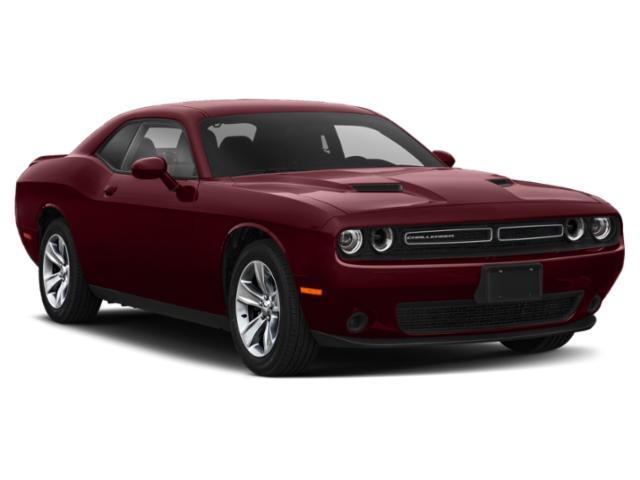
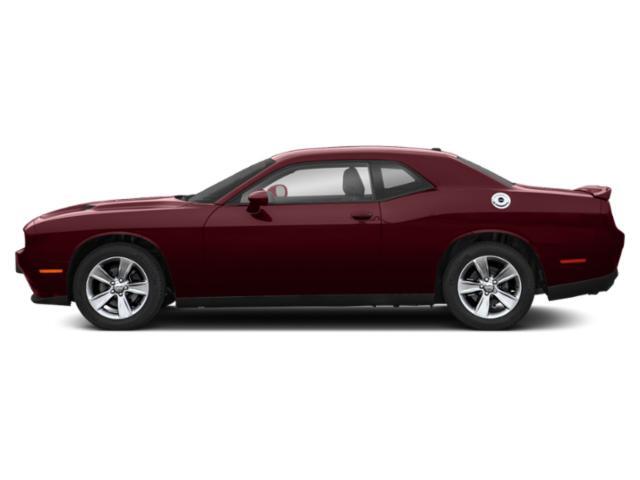

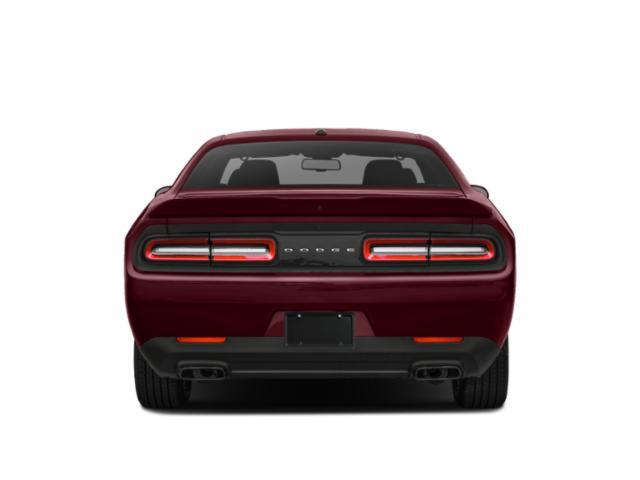
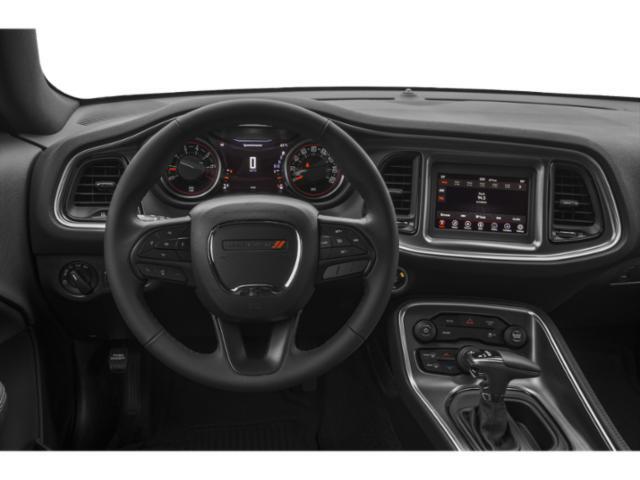

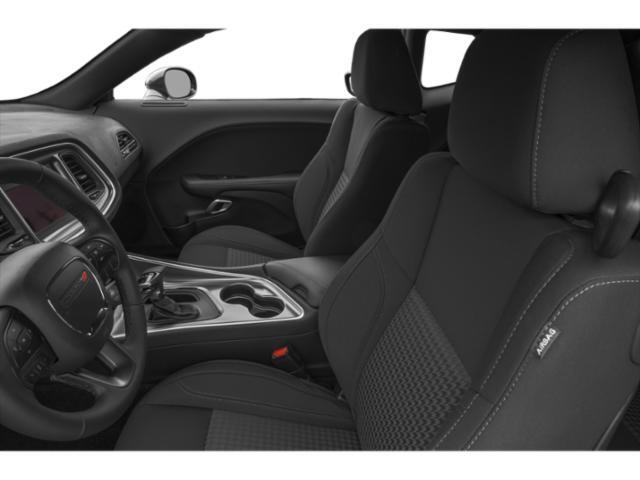
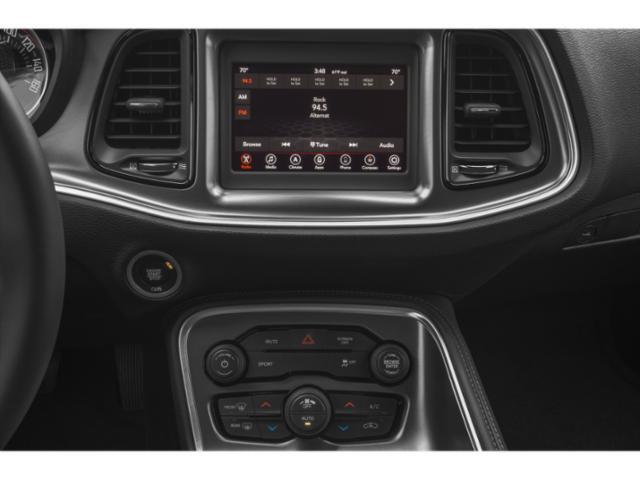

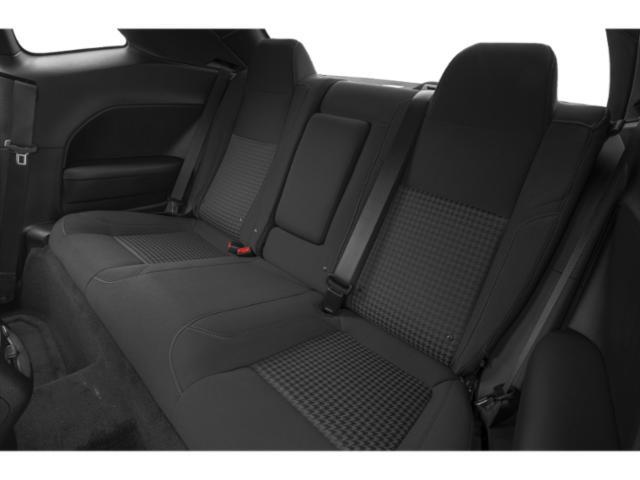
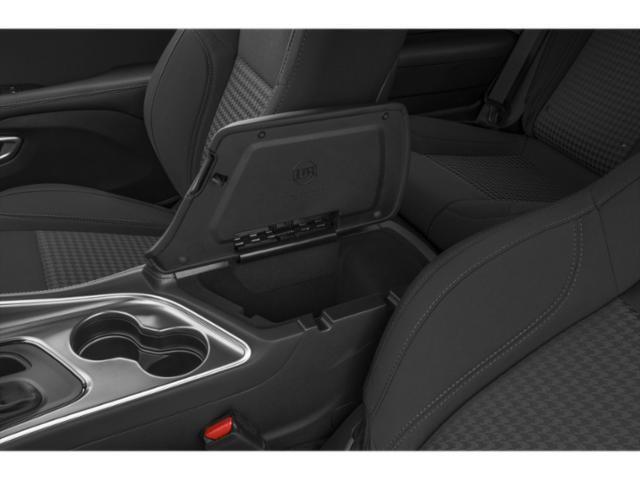
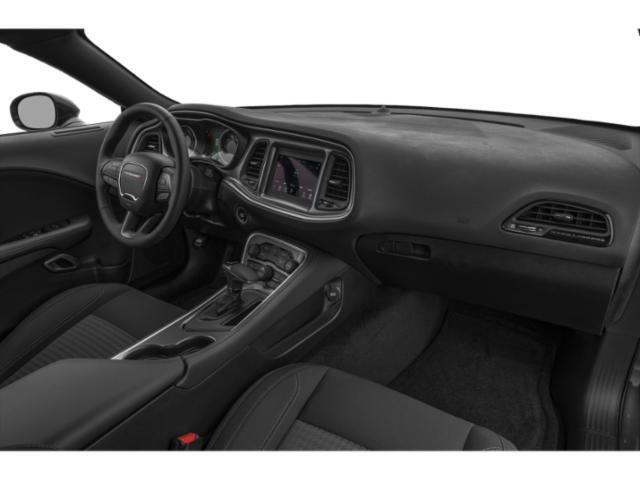
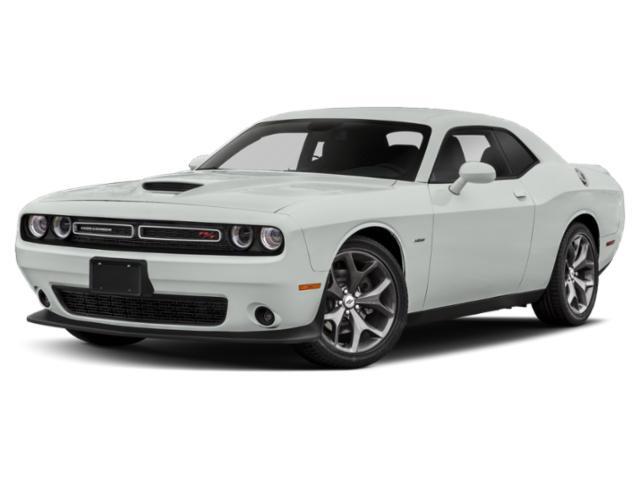

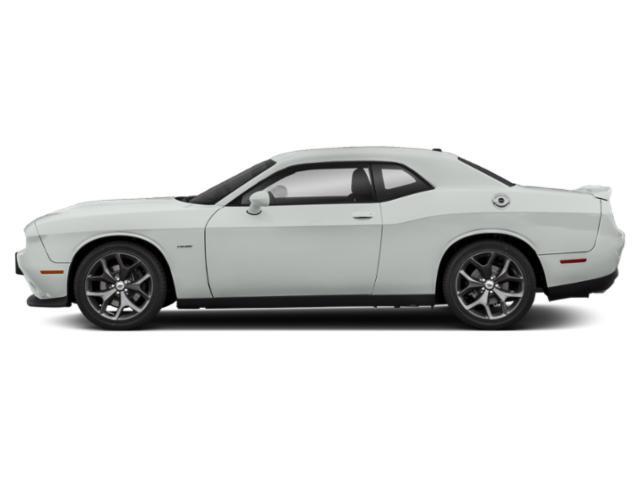
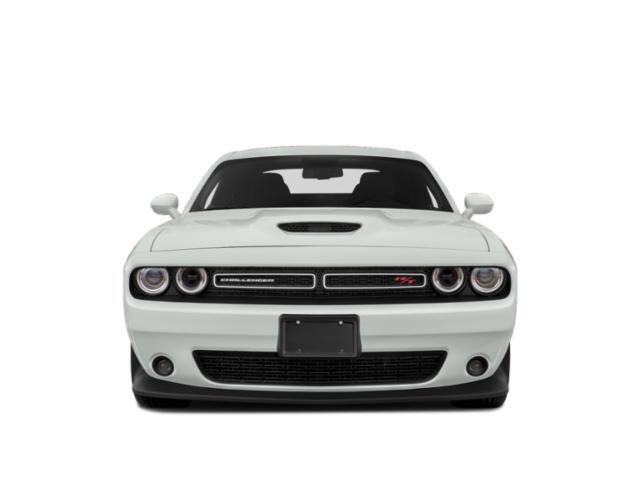
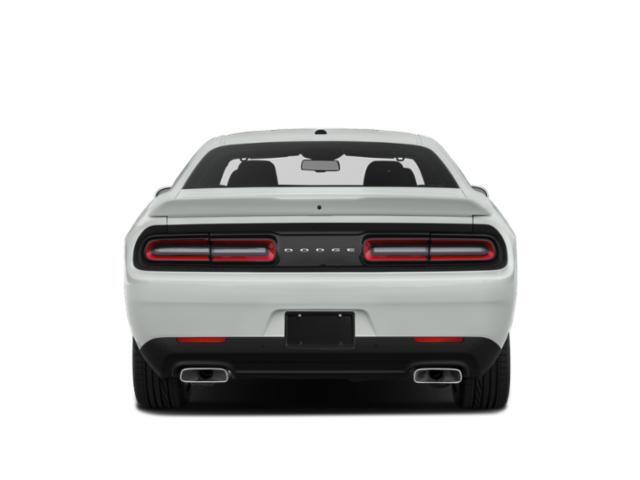
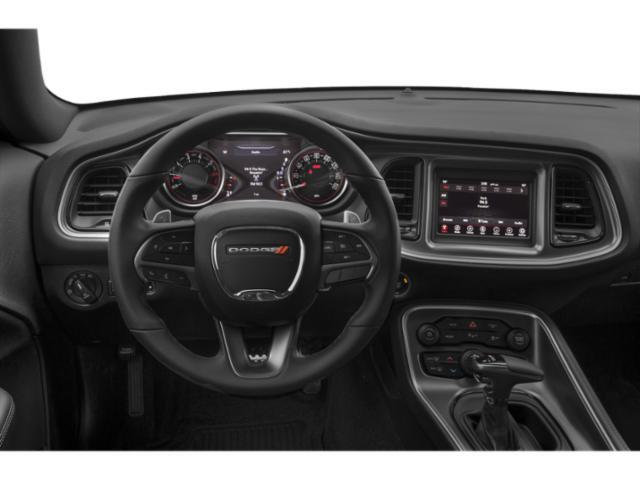

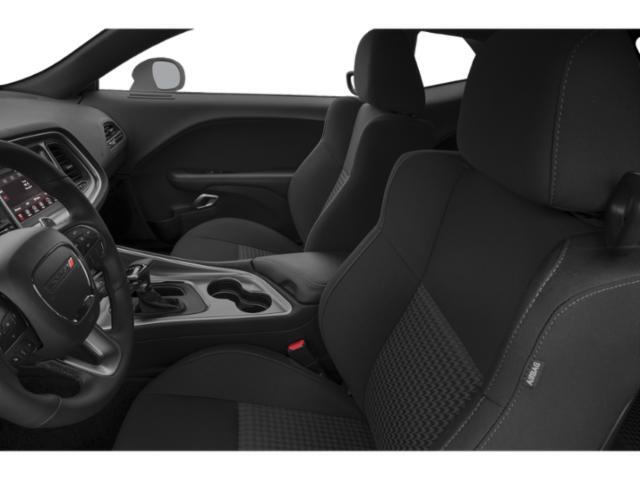
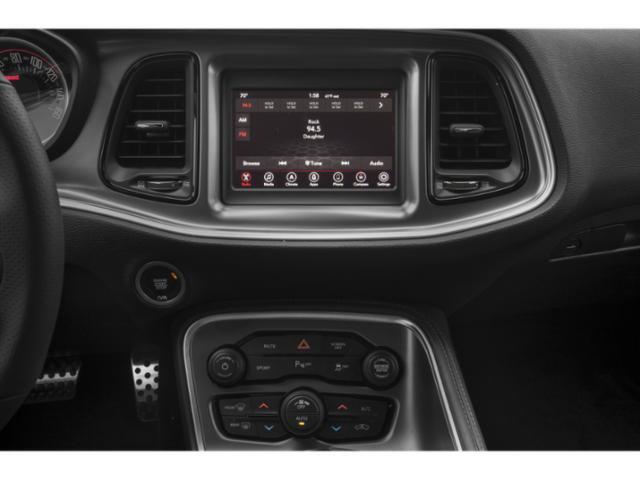


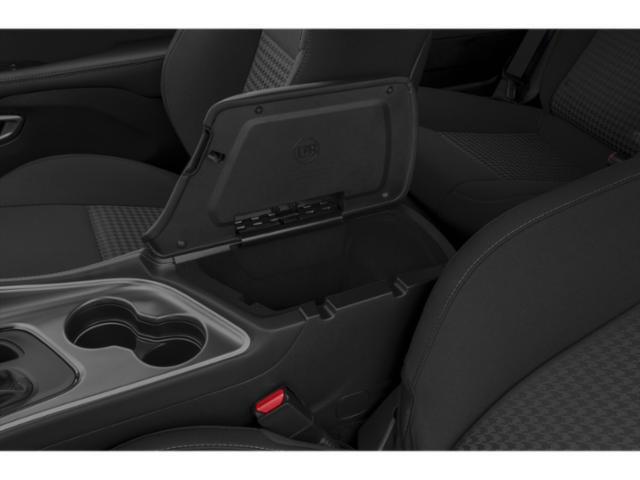

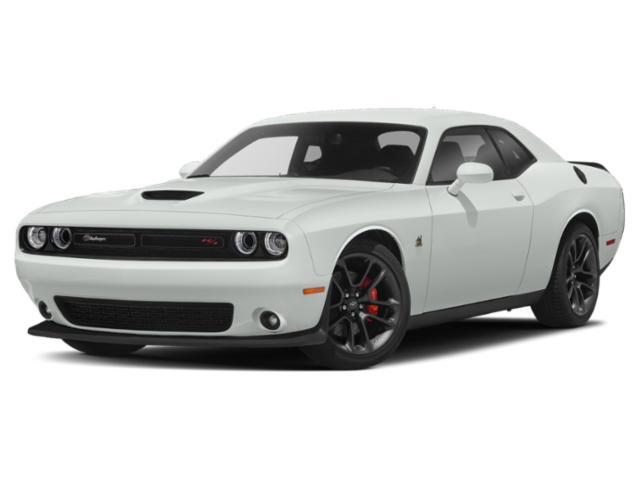

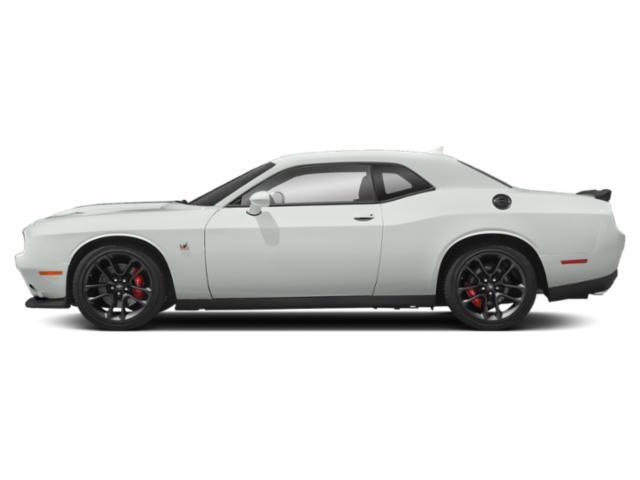
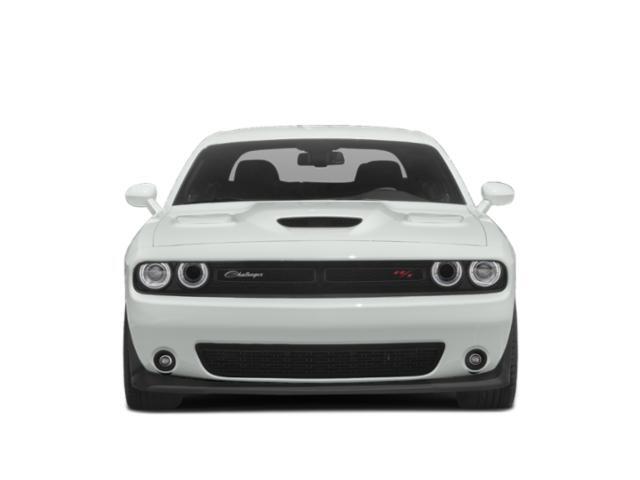

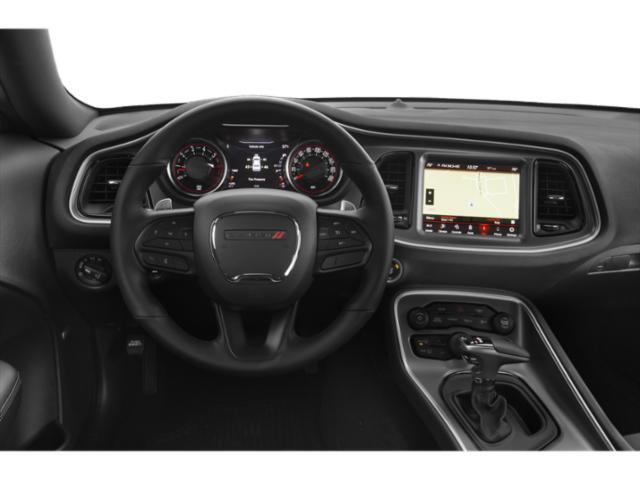
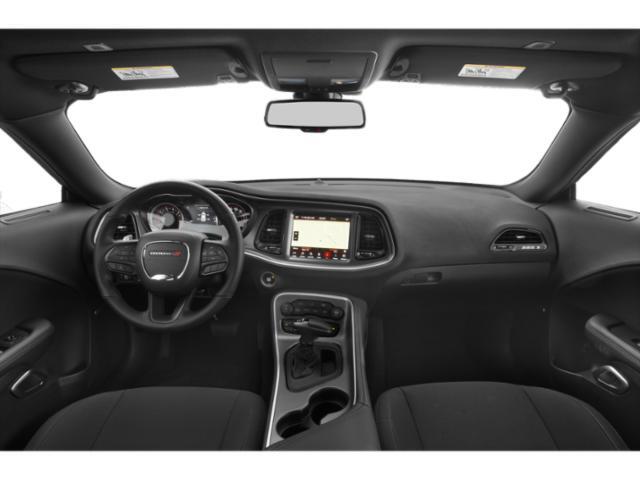
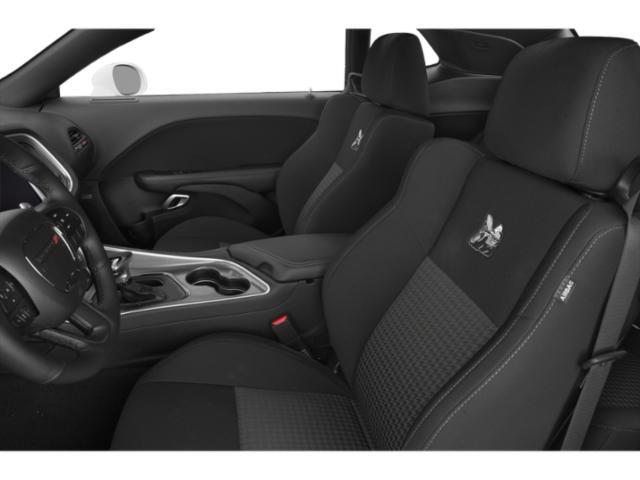
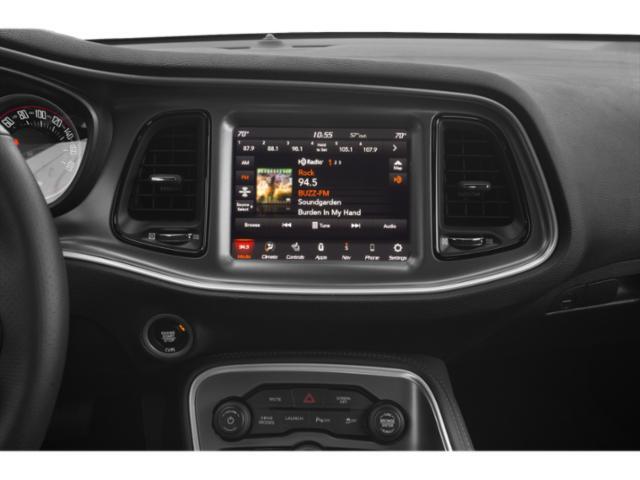
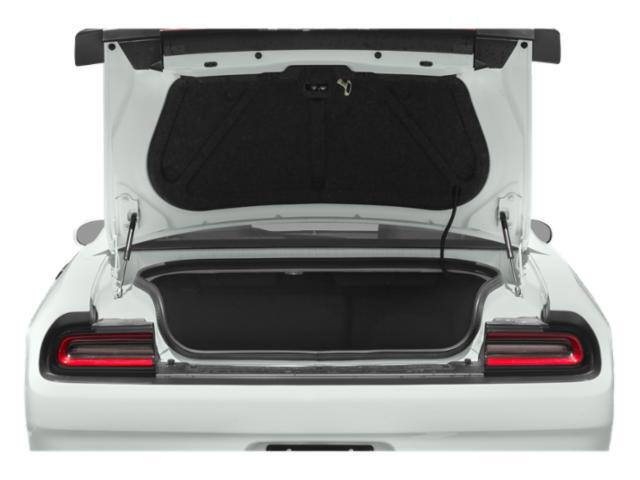

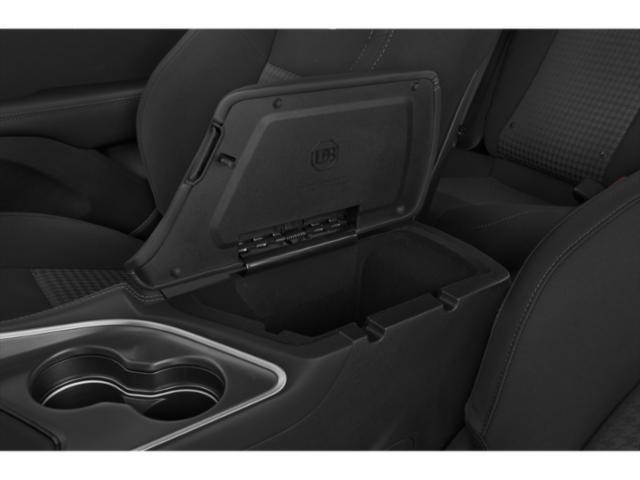
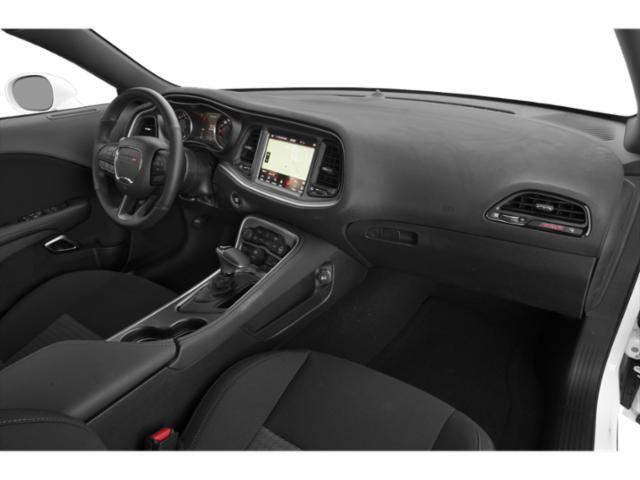
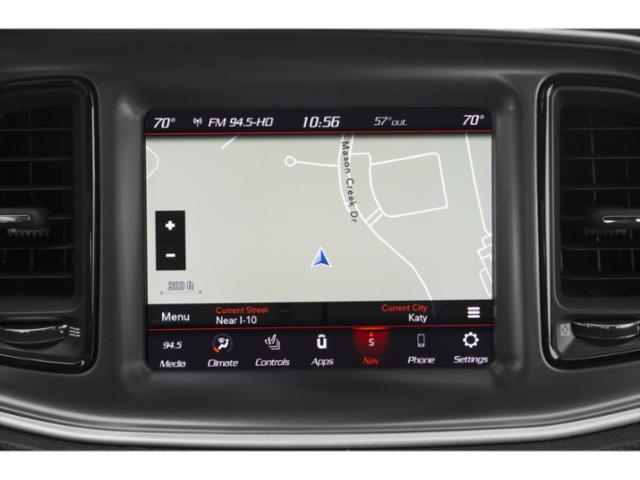
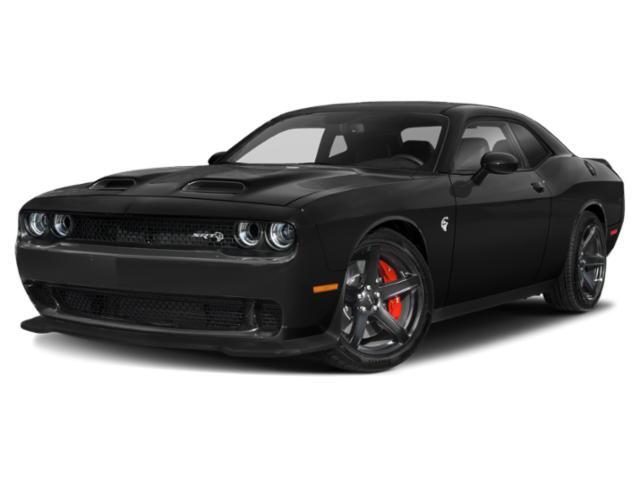
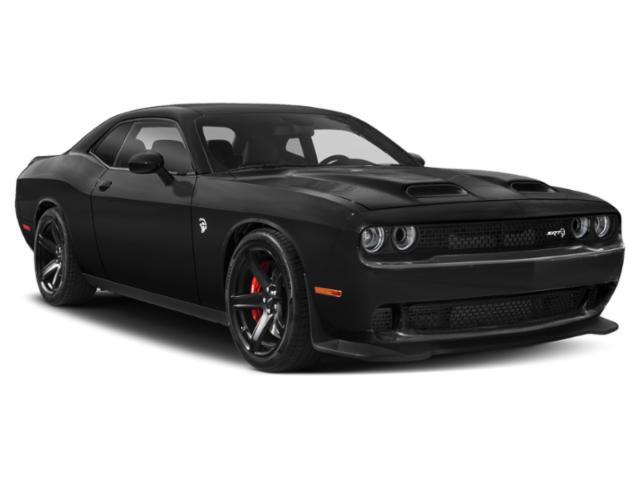
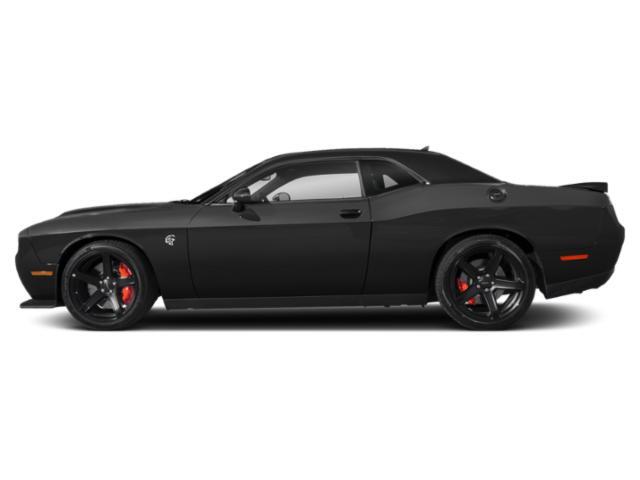
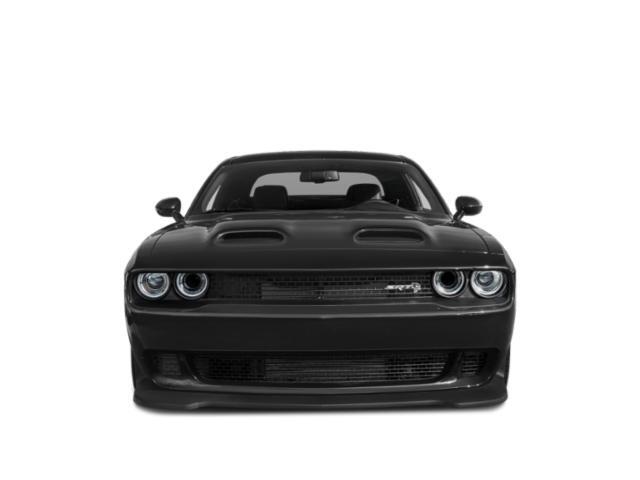
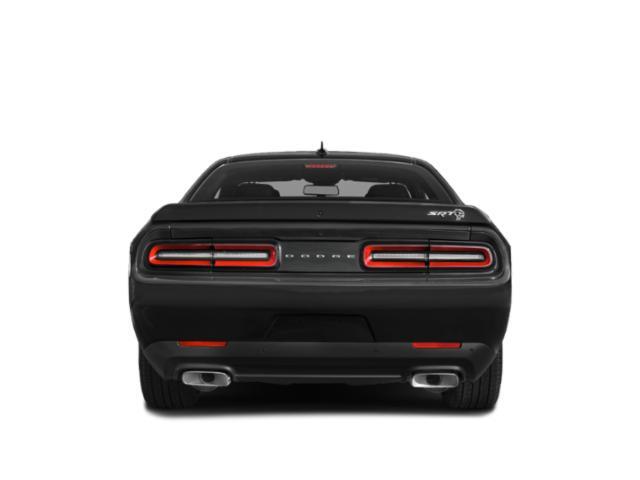
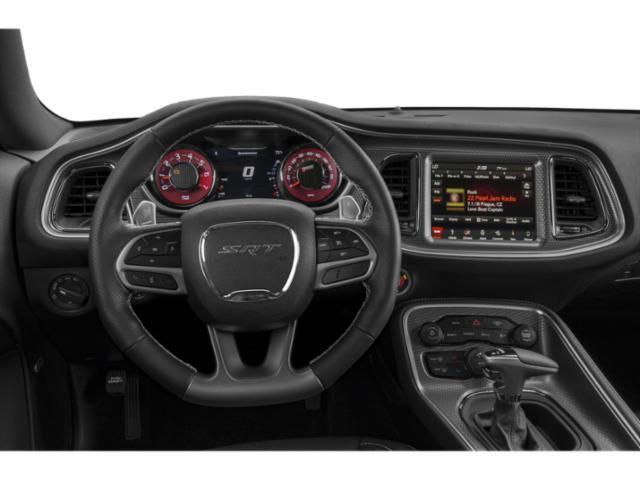
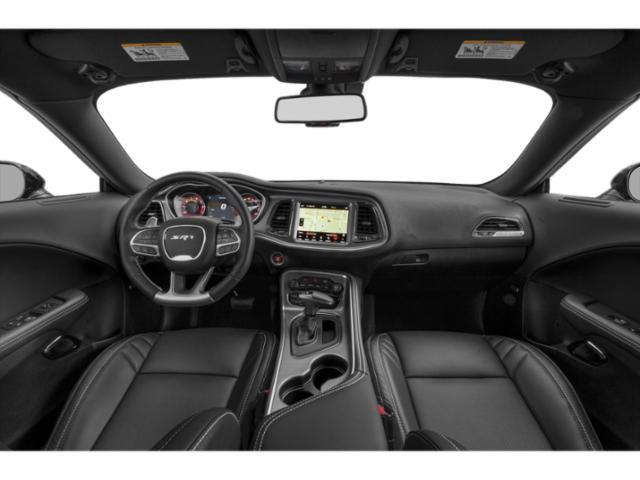
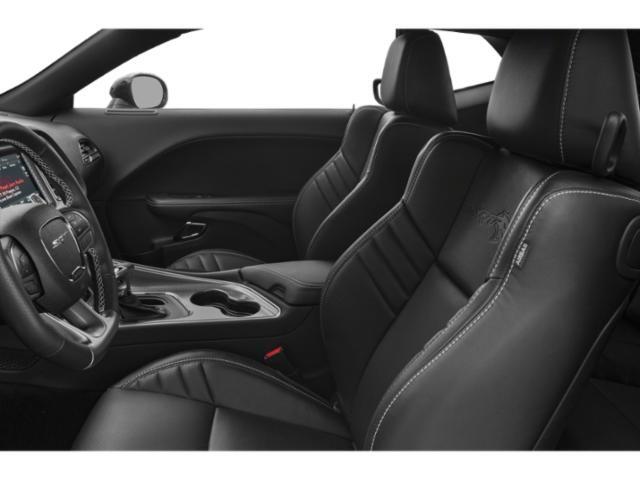

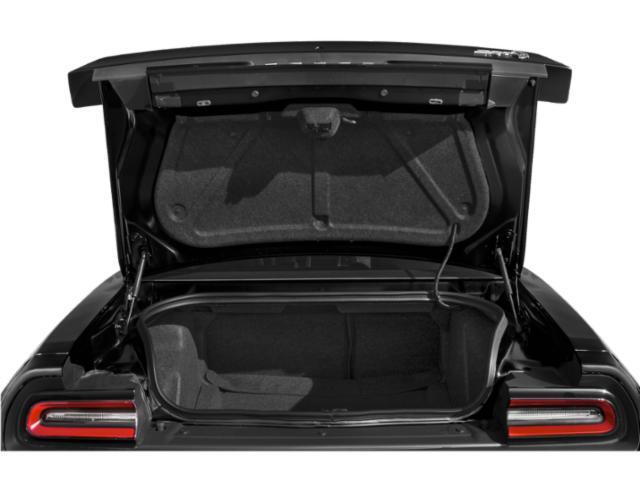
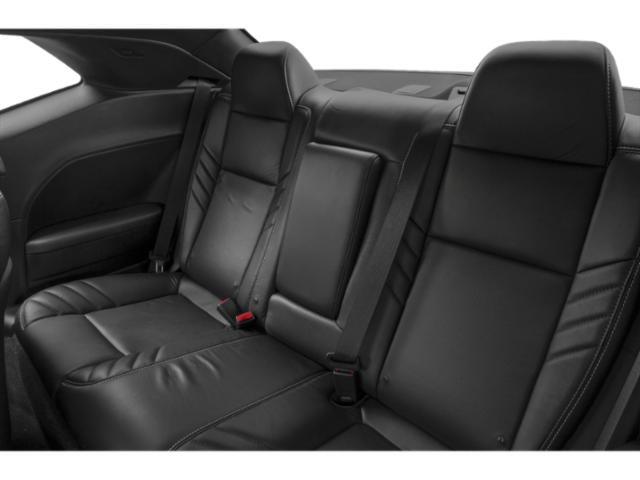
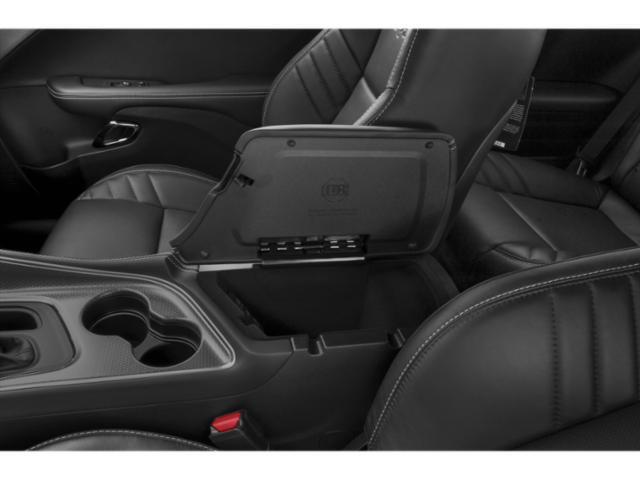
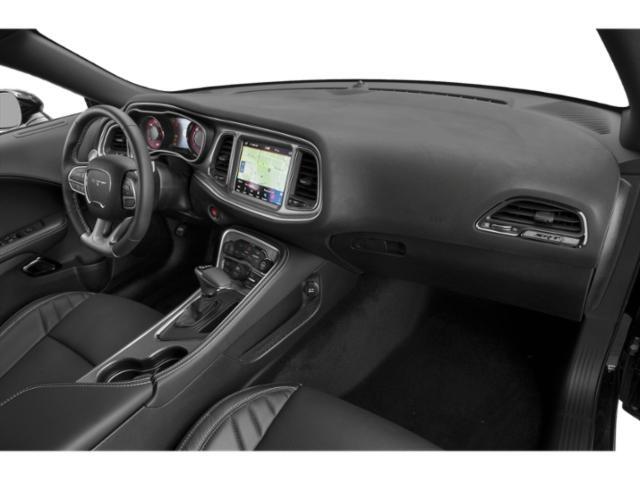

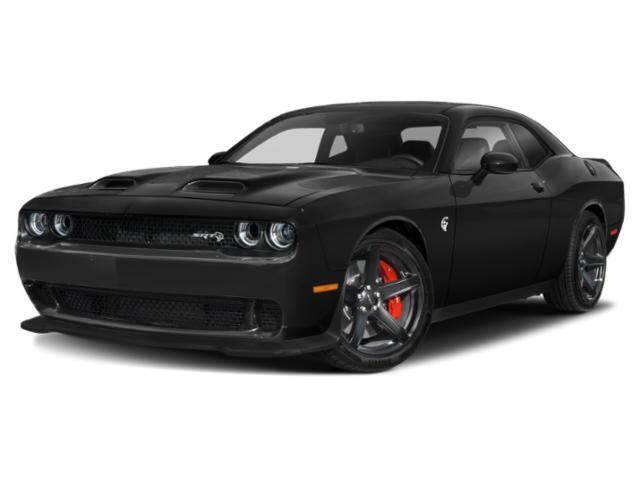
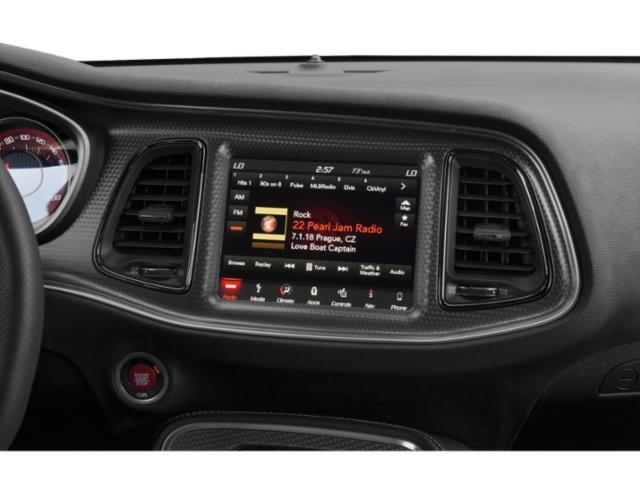
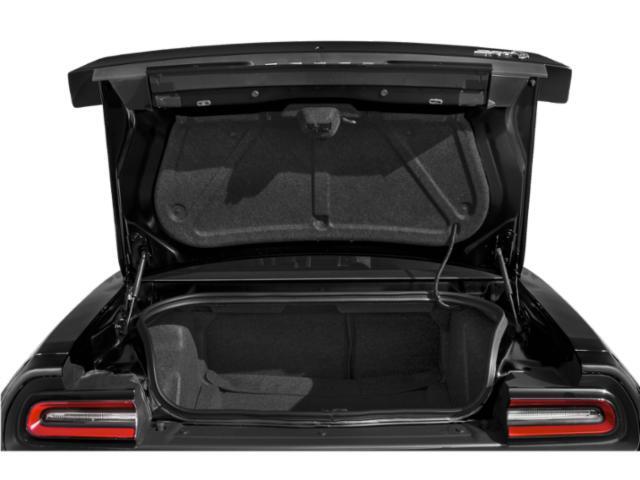
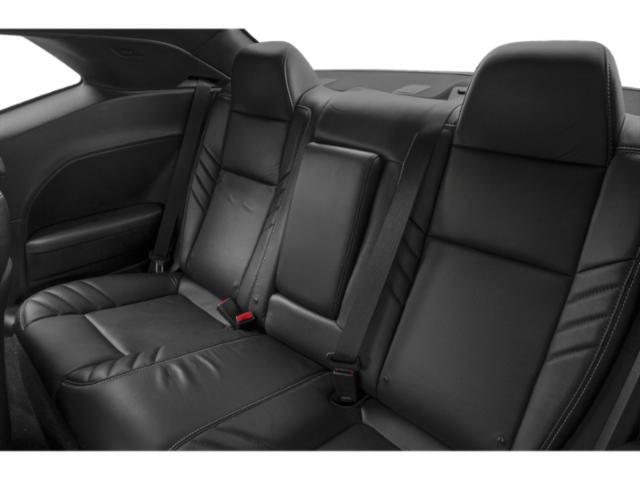
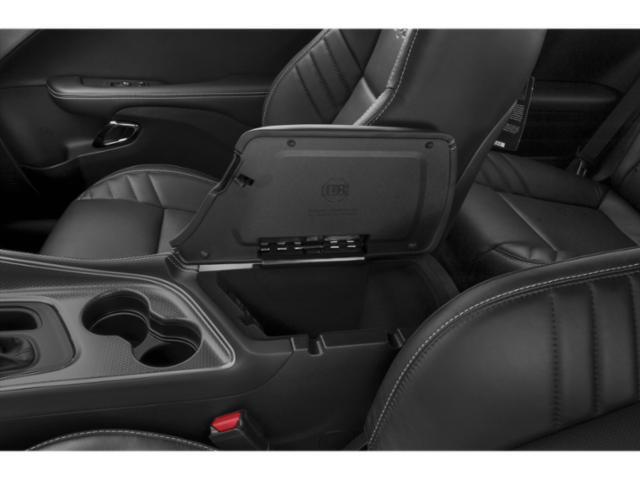
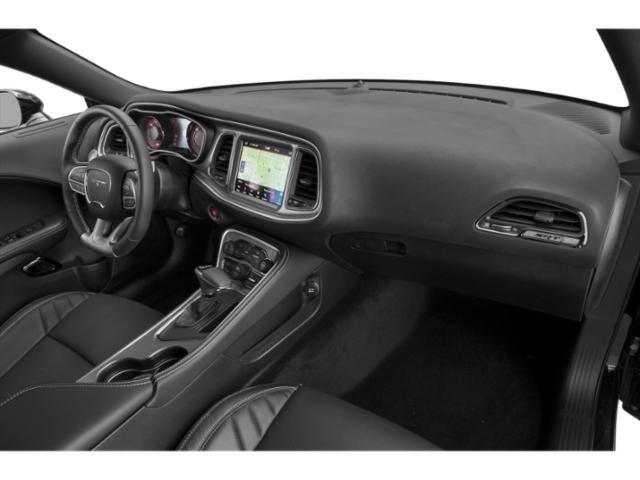
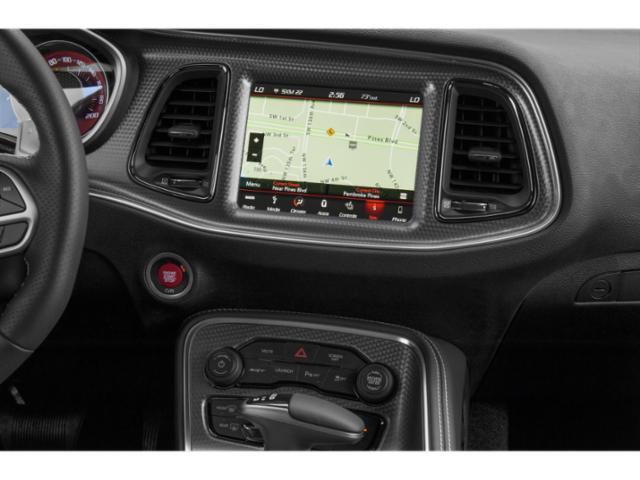





























































AutoTrader Review





